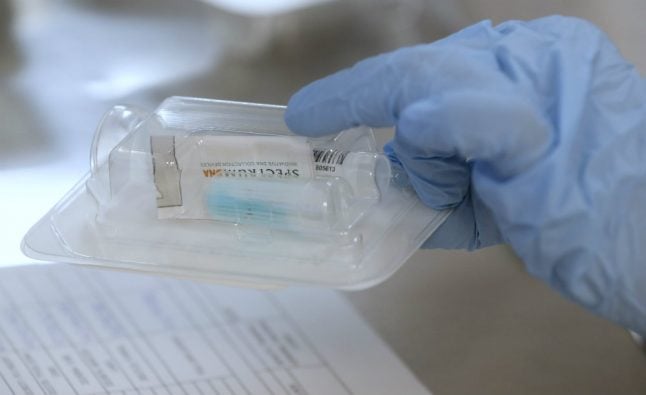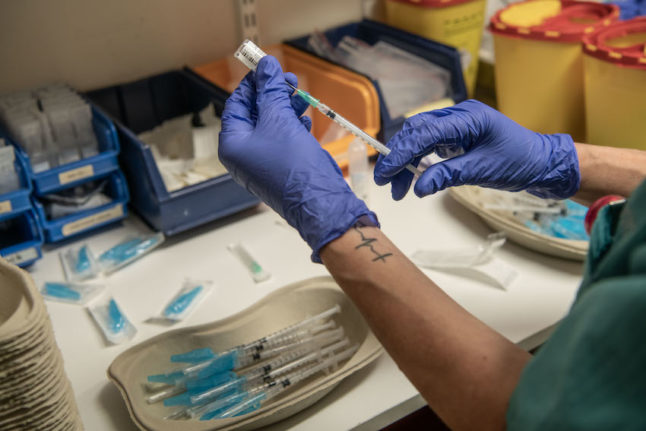Reproduction rate, also known as R-number, is a calculation used to measure the rate at which virus infection is increasing or tailing of within a society.
A reproduction rate of 1.26 means that each infected person on average infects on average 1.26 others over the course of their illness.
If the reproduction rate is above 1, the number of infected people in a society will grow. If it is below, the number will decline.
Bjørn Guldvog, director of the Norwegian health authority, said that the trend is concerning with regard to Oslo but cautioned against placing too much attention on the figure currently, NRK reports on Thursday.
Last week, the reproduction rate for Norway was reported to be 0.89.
Increasing numbers of infections in Oslo are considered to be one of the primary factors in the uptick.
READ ALSO: Oslo to ban private gatherings of over 10 people due to Covid-19
“We are concerned about the situation in Oslo now, and hope that we can get control of infections here, but I want to underline that placing too much emphasis on the R-number now is a distraction,” Guldvog said.
“The reason for this is that when you have a starting point of low infections, only a few outbreaks are needed to make the number explode,” he explained.
At present infection is still at a relatively low level nationally, despite several major outbreaks in the country, according to NIPH, which released its weekly report.
The majority of infections are currently being registered in Oslo, which saw 281 new cases of Covid-19 during the week commencing September 14th, compared to 222 the preceding week.
Over the last 7 days up to Wednesday, 759 new cases have been registered nationally, while 58 new cases were registered on Wednesday according to the running overview compiled by VG using the national database MSIS.
“Most people are taking responsibility. Thanks to most people, the Norwegian strategy has worked so far. Now it is Oslo that is in the front line, and must do the job that is necessary for all of us,” health minister Bent Høie said at a briefing on Wednesday.
Although some municipalities and counties are reporting an increase in infections, others are reporting decreases. 266 of Norway’s 356 municipalities did not report any infections last week, NRK writes.
Most of the new infections are taking place in Norway and not being brought into the country from outside.
“The majority of registered infections are infected in Norway. 93 percent are infected in Norway, 7 percent are infected abroad,” NIPH director Line Vold said at the briefing.
READ ALSO: UPDATE: Which European countries are on Norway's 'red' quarantine list?



 Please whitelist us to continue reading.
Please whitelist us to continue reading.
Member comments